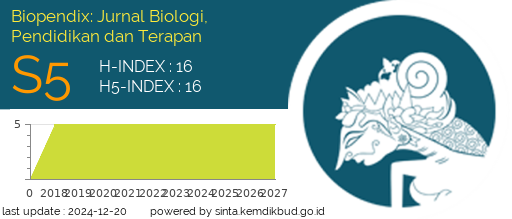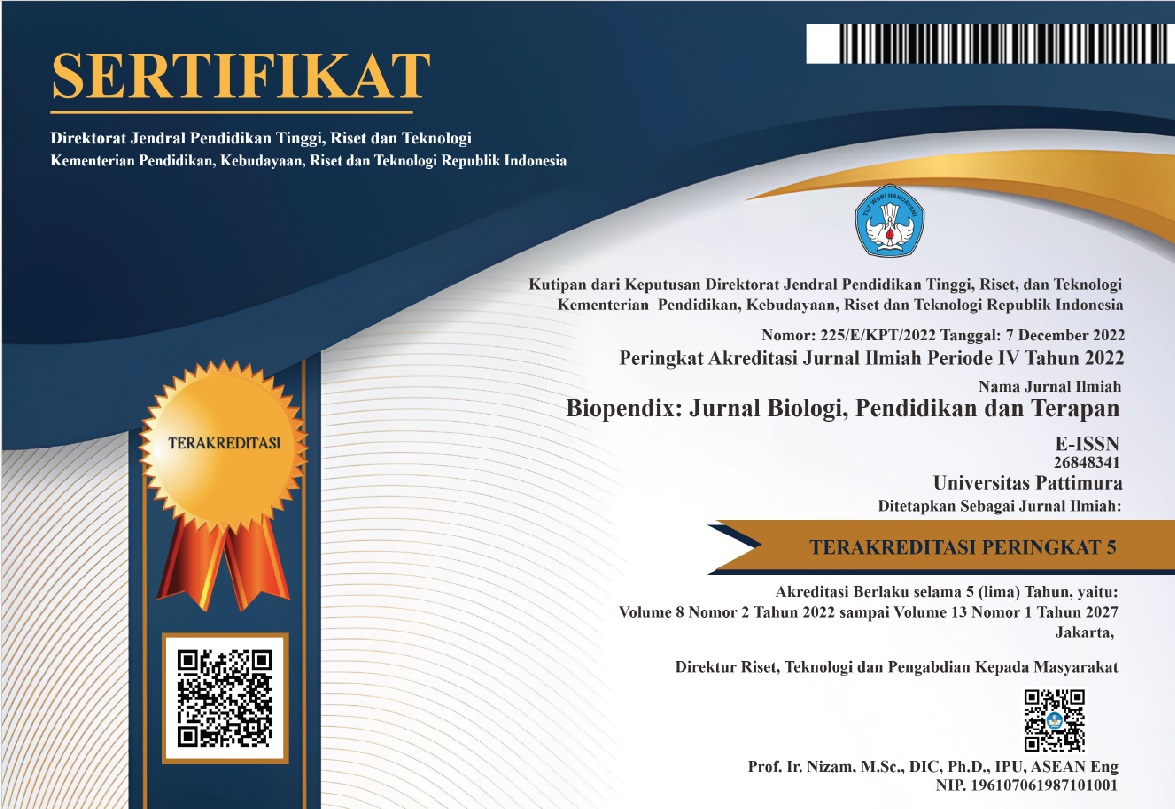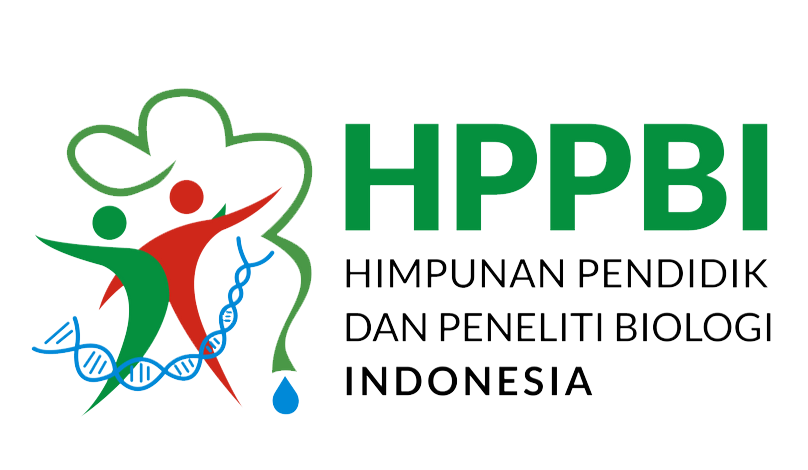UJI KANDUNGAN LOGAM BERAT TIMBAL (Pb) PADA KANGKUNG AIR (Ipomea aqutica F) DI KAMPUS UNPATTI POKA
Abstract
Background: Kale is a vegetable that is widely consumed by the public and this vegetable is a good source of vitamin A which is very good. Complex regional Pattimura University in Ambon many people grow vegetables, among which are vegetable kale. Many around the farm population in fear that this vegetable has been exposed to metallic lead (Pb) the purpose of this study is to determine the metal content of lead (Pb).
Methods: Sampling of water spinach (Ipomea aquatica F) done at two stations that have been determined, which covers parts of stems, young leaves and old leaves. Parameters taken from the water sample as the growth of plant water spinach (Ipomea aquatica F.) is a heavy metal content using Vogel quantitative method.
Results: Determination of the content of Pb were analyzed using Atomic Absorption Spectrophotometer (AAS). The results showed the average content at the first station for young leaves, 0.283 ppm, old leaves, 0.200 ppm, rods, 0.283 ppm, and the water is not detected and station II respectively of young leaves, 0.283 ppm, young leaves, 0.200 ppm, rod, 0.533 and water are not detected while the residue Pb safe limits allowed by the Directorate General of POM on food only 2 ppm so the heavy metals in water spinach is still feasible for consumption.
Conclusion: Based on the results of research conducted, it can be concluded that the heavy metal content in the organs of the stem, the leaves of old and young leaves of kale Water plant (Ipomea aquatica F.) at stations I and II stations are significant differences which include the trunk station I , II (0, 283, 0.533 ppm), older leaves station I, II (0, 0.200, 0.283 ppm), young leaves station I, II (0, 283, 0.200 ppm) and water at station I, II undetected.
Downloads
Authors who publish with BIOPENDIX: Jurnal Biologi, Pendidikan dan Terapan agree to the following terms:
- Authors retain copyright and grant the journal right of first publication with the work simultaneously licensed under a Creative Commons Attribution License (CC BY-NC-SA 4.0) that allows others to share the work with an acknowledgment of the work's authorship and initial publication in this journal.
- Authors are able to enter into separate, additional contractual arrangements for the non-exclusive distribution of the journal's published version of the work (e.g., post it to an institutional repository or publish it in a book), with an acknowledgment of its initial publication in this journal.
- Authors are permitted and encouraged to post their work online (e.g., in institutional repositories or on their website) prior to and during the submission process, as it can lead to productive exchanges, as well as earlier and greater citation of published work.





 2
2







